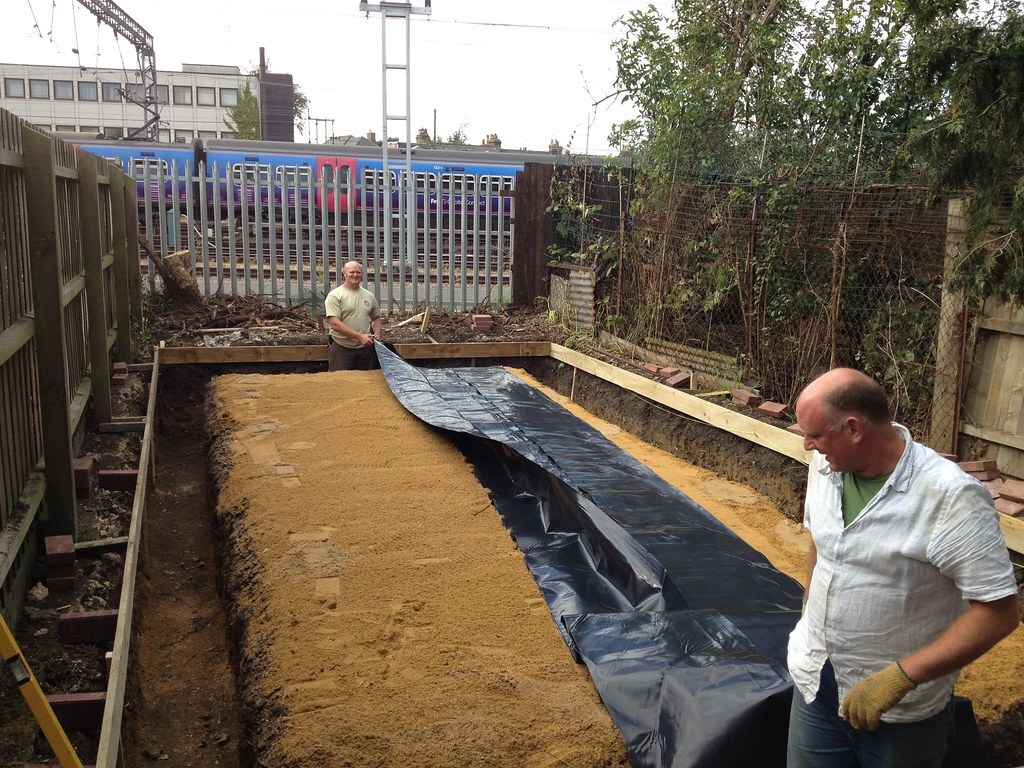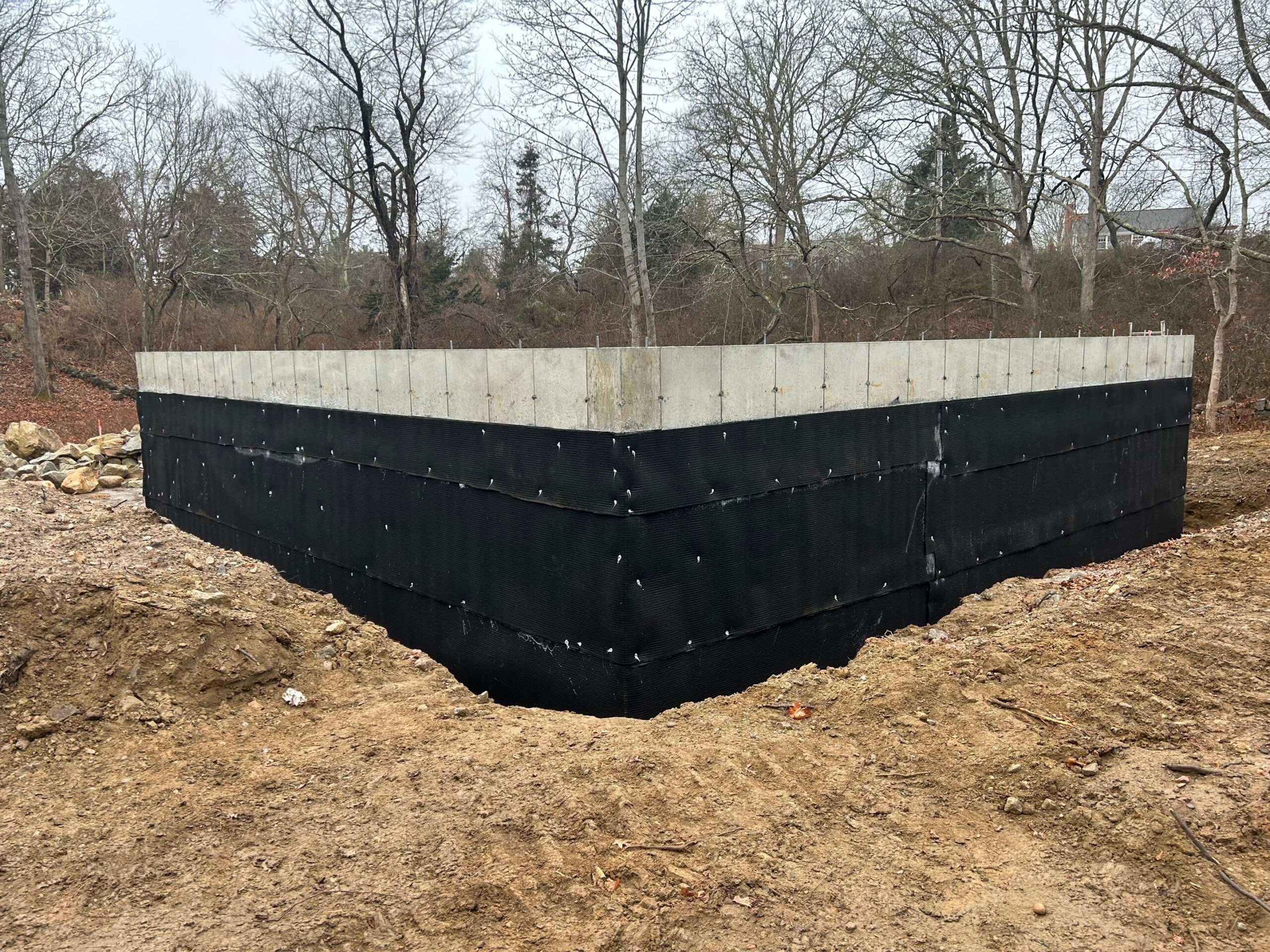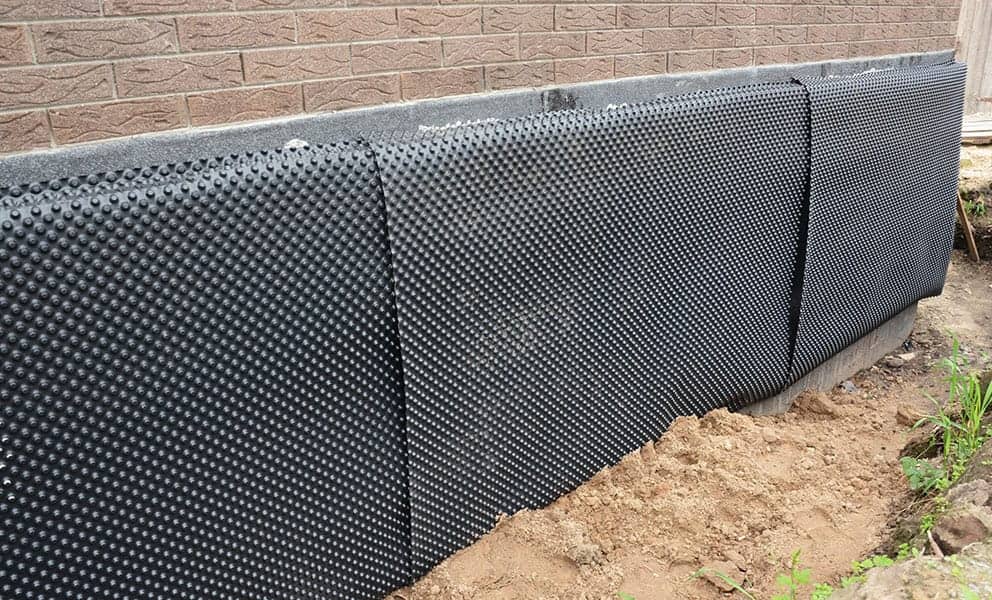Most common causes of penetrating damp and how mould removal newcastle can help
Checking Out the Numerous Strategies and Solutions for Effective Damp Proofing
Dampness in structures poses considerable difficulties to both architectural stability and indoor air high quality. Different methods and options have actually emerged to fight this pervasive problem. From standard damp-proof membranes to ingenious chemical treatments, each technique provides special benefits. Comprehending these choices is essential for reliable dampness control. Picking the right solution depends on certain structure problems and requirements, prompting additional expedition right into the most efficient moist proofing techniques available.
Recognizing the Causes of Dampness
Dampness can develop from numerous sources, understanding these reasons is vital for effective removal. Commonly, moisture originates from three primary resources: climbing moist, permeating moist, and condensation. Rising wet takes place when groundwater takes a trip up through permeable products, such as brick or rock, often as a result of a lack of an effective obstacle (mould treatment newcastle). Passing through damp is generally triggered by exterior factors, including roof covering leaks, malfunctioning seamless gutters, or damaged wall surfaces, allowing water to infiltrate a property. Condensation, on the various other hand, results from excess dampness airborne, usually worsened by bad air flow and temperature level differences, causing water droplets basing on surfaces. Recognizing these underlying issues is vital, as each kind of dampness calls for a tailored method for removal. Correct assessment assists in establishing the most reliable solutions, eventually safeguarding the structural stability of a building and improving interior air quality
Standard Damp-Proof Membrane Layers

Chemical Damp-Proofing Solutions
Chemical damp-proofing remedies supply an innovative method to stop moisture invasion in structures. These approaches generally involve the application of fluid chemicals that pass through stonework and develop a barrier against increasing damp. Commonly used chemicals consist of silanes, siloxanes, and various other water-repellent representatives that react with surface products to produce a hydrophobic layer.The application process typically requires exploration openings right into the wall surfaces, injecting the chemical solution, and permitting it to treat. This method is particularly useful for older frameworks where standard damp-proof membranes may be not practical. In addition, chemical damp-proofing can be much less disruptive and extra cost-efficient than considerable restoration projects.While reliable, these services depend on correct application and environmental problems for peak performance. Normal upkeep and tracking are vital to assure the longevity of the damp-proofing therapy. Overall, chemical damp-proofing represents a functional option for protecting structures against moisture-related damages
Cavity Wall Building And Construction Techniques
Tooth cavity wall surface construction techniques use many advantages, especially in dampness control and energy performance. By including an air void between 2 layers of masonry, these wall surfaces successfully reduce water access while boosting insulation. This combination not just protects structures from moisture yet also adds to minimized power intake.
Advantages of Cavity Walls
When taking into consideration reliable wet proofing methods, the advantages of cavity wall surfaces stand apart prominently. Tooth cavity walls contain two separate layers, producing an air gap that successfully reduces moisture infiltration. This layout reduces the threat of wetness, as the external wall surface acts as a barrier against rainfall and water access. In addition, dental caries wall surfaces enhance thermal insulation, which adds to power effectiveness by lowering warmth loss. They additionally give audio insulation, assisting to create a quieter indoor environment. Furthermore, the air space enables for ventilation, which aids in dampness control and lowers the chance of mold and mildew growth. These advantages not just enhance the overall convenience of a building but additionally add to its durability and structural honesty.
Wetness Control Techniques
Efficient dampness control strategies are critical in tooth cavity wall surface building to guarantee long-lasting protection against moisture. One key technique entails the incorporation of weep holes, which assist in water drainage from the tooth cavity, protecting against buildup. In addition, the use of breathable membrane layers can aid manage wetness degrees while allowing trapped vapor to leave. Appropriate positioning of insulation is additionally essential, as it ought to not obstruct water drainage courses. Making certain that the outer leaves of the dental caries wall surface are created with waterproof materials improves overall durability. Normal maintenance checks are necessary to recognize any type of clogs or damage early, protecting the framework's honesty. Ultimately, a combination of these techniques develops a robust defense against moisture breach in tooth cavity wall surfaces.
Insulation and Power Performance
Insulation plays a vital role in enhancing energy efficiency within cavity wall building and construction. By integrating protecting materials, these walls produce a thermal barrier that decreases warm loss and lowers power usage. Efficient insulation not only assists keep a steady indoor temperature level but also alleviates the danger of dampness, as it prevents condensation within the wall surface dental caries. Numerous methods, such as using stiff foam boards or mineral wool, can be used to accomplish suitable insulation performance. Additionally, proper setup is important to guarantee that spaces and voids are decreased, which can otherwise compromise power efficiency. Inevitably, a well-insulated dental caries wall adds significantly to total sustainability and lowers home heating and cooling prices for property owners.
External Damp Proofing Approaches
Outside wet proofing methods are essential for securing structures from wetness seepage. 2 reliable methods consist of the application of waterproof membrane layers and the installation of French drains pipes. These solutions assist mitigate water build-up and maintain the integrity of buildings.
Waterproof Membrane Application
While numerous methods exist for protecting against wetness access, the application of water-proof membranes stays a highly effective exterior moist proofing method. These membranes are typically made from materials such as polyethylene, rubber, or modified asphalt, giving a durable barrier versus water penetration. The installation procedure entails using the membrane to the outside surfaces of walls or structures, making certain total insurance coverage to avoid leakages. Correct attachment and securing at joints are crucial to maximizing effectiveness. Waterproof membranes can be used in numerous kinds, consisting of fluid layers and sheet membrane layers, permitting adaptability based upon the details needs of the framework. This method not only safeguards buildings from dampness however likewise improves their long life and architectural integrity.
French Drain Setup
One efficient technique for taking care of groundwater and protecting against dampness buildup around a structure's structure is the setup of a French drainpipe. This water drainage system consists of a trench loaded with gravel and a perforated pipeline that redirects surface water far from the foundation. Proper installment calls for cautious preparation, ensuring that the drainpipe inclines away from the framework to facilitate suitable water flow. Additionally, the area of the drainpipe is important; it needs to be placed in areas vulnerable to pooling or excess dampness. Routine maintenance, consisting of cleaning particles from the crushed rock and guaranteeing the pipeline stays unblocked, is crucial for lasting performance. Eventually, a well-installed French drain can considerably decrease the risk of water-related concerns in structures and basements.
Inside Waterproofing Techniques
Inside waterproofing approaches are crucial for safeguarding a structure's inside from wetness seepage and potential water damages. These strategies normally involve the application of specialized materials and strategies developed to develop a moisture barrier within the framework. One usual method is making use of waterproof finishes or sealers on walls and floors, which stop dampness from penetrating surfaces.Additionally, setting up indoor water drainage systems, such as sump pumps, can efficiently handle water buildup in cellars and creep spaces. Another technique entails the usage of vapor obstacles, which are installed to prevent moisture movement from the ground right into living spaces.Moreover, resolving any cracks or voids in walls or foundations with suitable sealants guarantees a comprehensive defense against water invasion. By implementing these interior waterproofing approaches, property proprietors can considerably minimize the risk of mold growth, architectural damage, and various other moisture-related issues. Proper execution of these techniques is vital for long-lasting protection and building integrity.
Normal Upkeep and Examination Practices
Normal upkeep and assessment methods are important for guaranteeing the long-term performance of wet proofing options in any type of building. Routine checks allow homeowner to identify very early indicators of dampness invasion, such as peeling paint, mold growth, and musty odors. These indications can signal underlying concerns that need immediate attention.Inspections should be performed at least yearly, concentrating on at risk areas like cellars, creep areas, and outside wall surfaces. During these evaluations, homeowner should analyze sealants, drain systems, and air flow to validate they function correctly.Additionally, preserving gutters and downspouts is necessary, as stopped up systems can result in water buildup near the structure. Executing a normal maintenance routine, along with timely fixings, can considerably expand the life expectancy of wet proofing steps and secure the structural stability of the structure. Aggressive steps inevitably contribute to the overall health and wellness of the living atmosphere.
Regularly Asked Questions
Exactly How Lengthy Does Damp Proofing Commonly Last?
The duration of moist proofing performance differs, typically lasting in between 20 to 50 years. Aspects such as application top quality, environmental conditions, and maintenance methods substantially affect the long life of the wet proofing therapy.

Can I Damp Evidence My Home Myself?
The private pondered the expediency of DIY damp proofing. With appropriate research and the ideal materials, it is feasible. They also recognized the significance of expert guidance to ensure long-lasting performance and stop future concerns.
What Are the Indicators of Inadequate Damp Proofing?
Indications of inadequate moist proofing include relentless musty smells, noticeable mold development, peeling off paint, moist patches on walls, and timber decay - mould removal newcastle. Property owners need to attend to these concerns quickly to stop more damage and wellness concerns
Does Damp Proofing Affect Indoor Air Quality?

How Much Does Expert Damp Proofing Expense?
Specialist damp proofing prices vary substantially, commonly varying from $1,000 to $5,000 depending upon the home's size, the level of the damp concern, and chosen methods. Each scenario needs a tailored assessment for exact prices. Commonly, moisture originates from 3 primary resources: increasing wet, passing through damp, and condensation. When thinking about efficient moist proofing techniques, the benefits of dental caries wall surfaces stand out plainly. Exterior read more wet proofing approaches are essential for securing frameworks from wetness seepage. While different techniques exist for protecting against dampness access, the application of water resistant membrane layers stays an extremely efficient external damp proofing technique. Indications of inefficient damp proofing consist of relentless mildewy odors, noticeable mold growth, peeling paint, moist spots on walls, and wood decay.